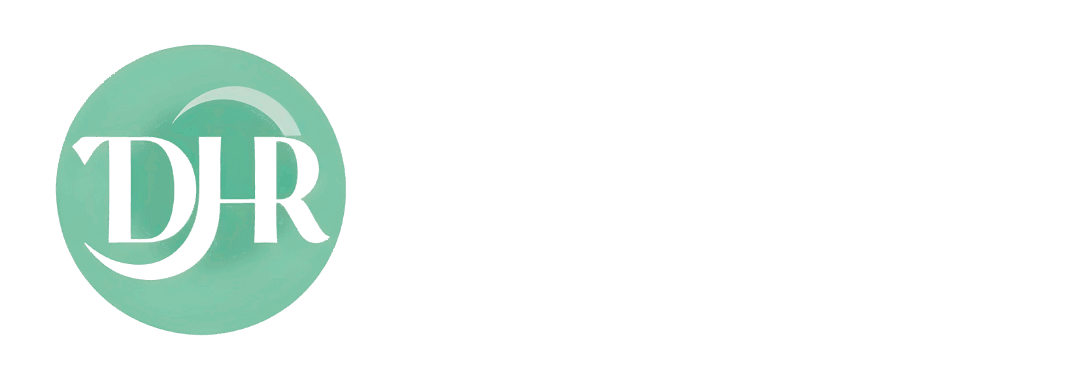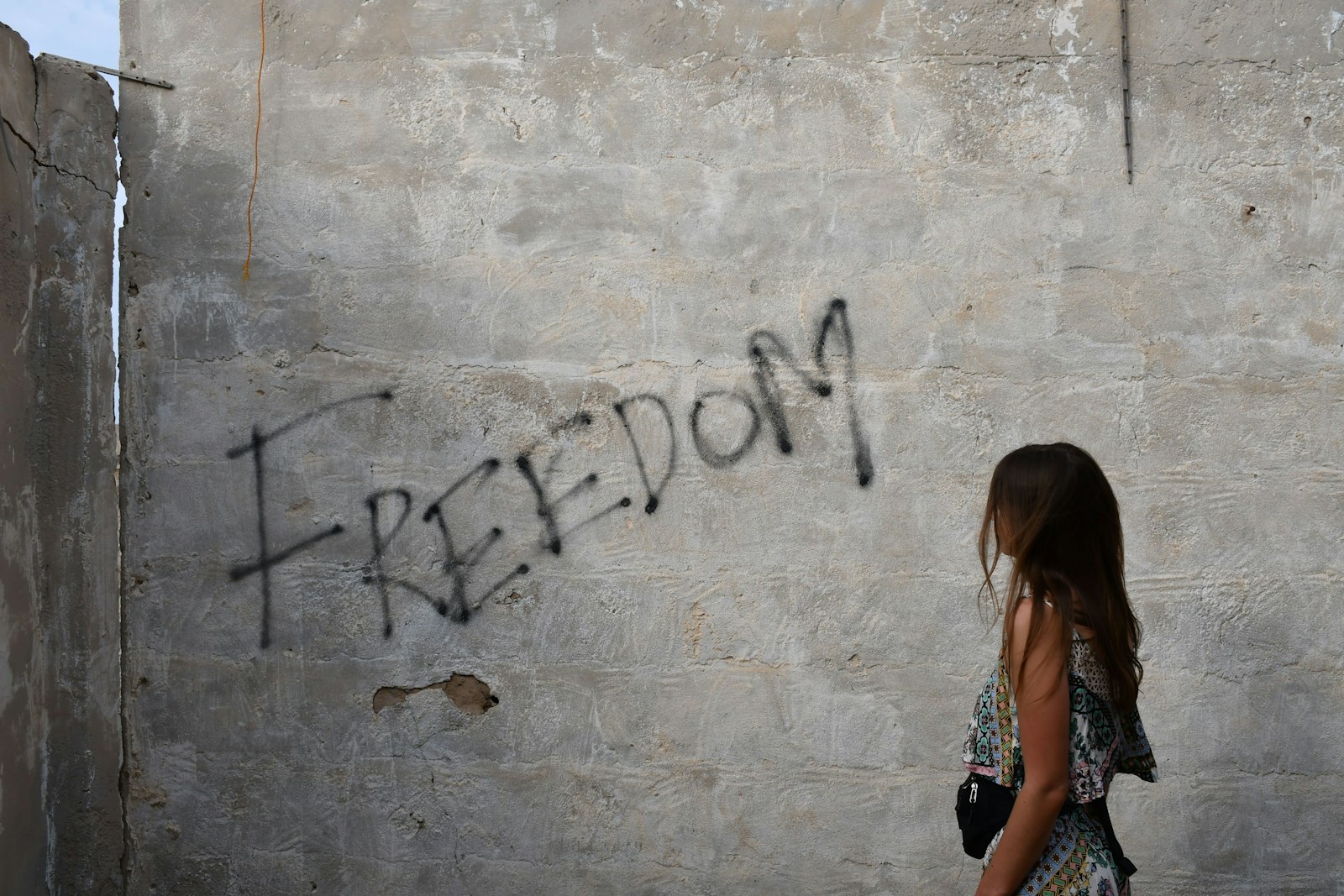The Paradox of Human Rights and Freedom: Defending Liberty Through Rules
Human rights and freedom are often spoken of as the twin pillars of democratic societies, essential for human dignity and flourishing. At first glance, human rights appear to exist precisely to guarantee our freedoms — freedom of speech, freedom of movement, freedom of religion, and many more. Yet, paradoxically, human rights are codified as a set of rules, laws, and obligations that sometimes impose limits and restrictions. This apparent contradiction — that freedom requires rules to protect it — raises profound questions about the nature of liberty and the purpose of human rights frameworks.
In this article, we will unpack the complex relationship between human rights and freedom, explore the paradox of protecting personal freedom through rules, and propose thoughtful solutions to help reconcile these tensions in practice.
Understanding the Relationship Between Human Rights and Freedom
Freedom in the broadest sense refers to the ability of individuals to act, think, and express themselves without undue interference or constraint. It is an ideal that many people cherish as a fundamental human aspiration.
Human rights, on the other hand, are a system of rights and principles recognized internationally and domestically, designed to protect individuals and groups from abuses and ensure basic standards of dignity, equality, and justice. They are enshrined in documents such as the Universal Declaration of Human Rights (UDHR) and various international treaties.
At their core, human rights seek to safeguard freedom by creating protections against oppression, discrimination, and arbitrary power. For example, the right to free expression protects the freedom to voice opinions, and the right to a fair trial protects the freedom from unjust punishment.
The Paradox: Rules to Protect Freedom
Despite their goal of protecting freedom, human rights come with rules, regulations, and legal frameworks that can constrain actions. This leads to an apparent paradox:
- How can freedom be protected by imposing rules?
- Is it not contradictory to restrict freedom in the name of freedom itself?
This tension arises because freedom is not absolute. The freedom of one person can collide with the rights and freedoms of others, and unchecked liberty can lead to harm, inequality, or societal chaos. For example:
- Freedom of speech does not allow incitement to violence or hate speech that harms others.
- Freedom of movement can be limited during a pandemic to protect public health.
- Freedom of belief cannot be used to justify discrimination or harm against others.
In this way, human rights frameworks establish boundaries for freedom, ensuring that one person’s liberty does not infringe on another’s rights. The paradox, then, is that to have meaningful and sustainable freedom, we need rules that sometimes restrict freedoms.
The Challenge of Balancing Freedom and Restrictions
Striking the right balance between protecting freedom and imposing necessary restrictions is a continuous challenge faced by governments, courts, and societies. The difficulty lies in:
- Avoiding overreach: Excessive restrictions can turn protective rules into instruments of oppression.
- Preventing underprotection: Weak or absent rules fail to safeguard vulnerable individuals from harm.
- Ensuring fairness: Restrictions must be applied equally, transparently, and with respect for human dignity.
When this balance fails, it can lead to authoritarianism, discrimination, or social unrest — all threats to genuine freedom.
Proposed Solutions to Resolve the Paradox
Resolving this paradox requires nuanced approaches that respect both the ideal of freedom and the practical need for regulation:
1. Embrace the Concept of Freedom as Interdependence
Rather than viewing freedom as absolute individual autonomy, recognize freedom as inherently relational — our liberties exist within a social context where others’ rights matter. This encourages a mindset where protecting others’ rights enhances one’s own freedom.
2. Foster Transparent and Participatory Rule-Making
Rules that protect rights and freedoms should be created through democratic processes involving diverse voices, including marginalized communities. Transparency builds trust that restrictions are justified and proportional.
3. Promote Legal Safeguards and Judicial Oversight
Independent courts and human rights institutions are essential to prevent abuse of rules. They ensure restrictions on freedom comply with principles of legality, necessity, and proportionality, and provide remedies when rights are violated.
4. Support Education and Dialogue
Empowering citizens through education about human rights and freedoms fosters informed public debate and mutual understanding. This helps societies negotiate the tensions between freedom and restrictions in a way that respects dignity.
5. Encourage Context-Specific Solutions
Recognize that the balance between freedom and restrictions varies depending on cultural, social, and historical contexts. Flexibility allows societies to adapt rights protections to current realities without sacrificing core freedoms.
6. Utilize Arts and Storytelling
Creative practices can humanize abstract legal concepts and help communities empathize with those whose freedoms are limited or endangered. This can build solidarity and support for balanced rights frameworks.
Conclusion
The paradox of human rights and freedom — protecting liberty through rules — is not a flaw but a feature of modern democratic societies. True freedom requires a framework that ensures rights are respected, harms are prevented, and dignity is upheld for all. By understanding freedom as a shared, interdependent ideal and committing to transparent, fair, and context-sensitive protections, we can navigate this paradox.
In doing so, human rights become not just legal obligations but living, breathing safeguards that enable all people to flourish freely, safely, and with dignity.


Hi, this is a comment.
To get started with moderating, editing, and deleting comments, please visit the Comments screen in the dashboard.
Commenter avatars come from Gravatar.